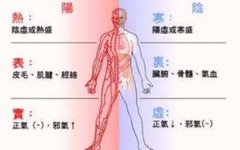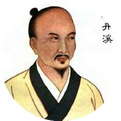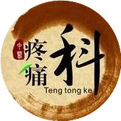The Application of Exterior-Interior Differentiation in Clinical Practice
Traditional Chinese Medicine (TCM) is characterized by two main principles: a holistic perspective and the differentiation of syndromes for treatment. Among the various methods of syndrome differentiation, such as the “Eight Principles”, “Six Meridians”, “Zang-Fu”, “Wei-Qi-Ying-Xue”, and “San Jiao”, the “Eight Principles” serve as the foundation for all other differentiations. The content of the Eight … Read more








